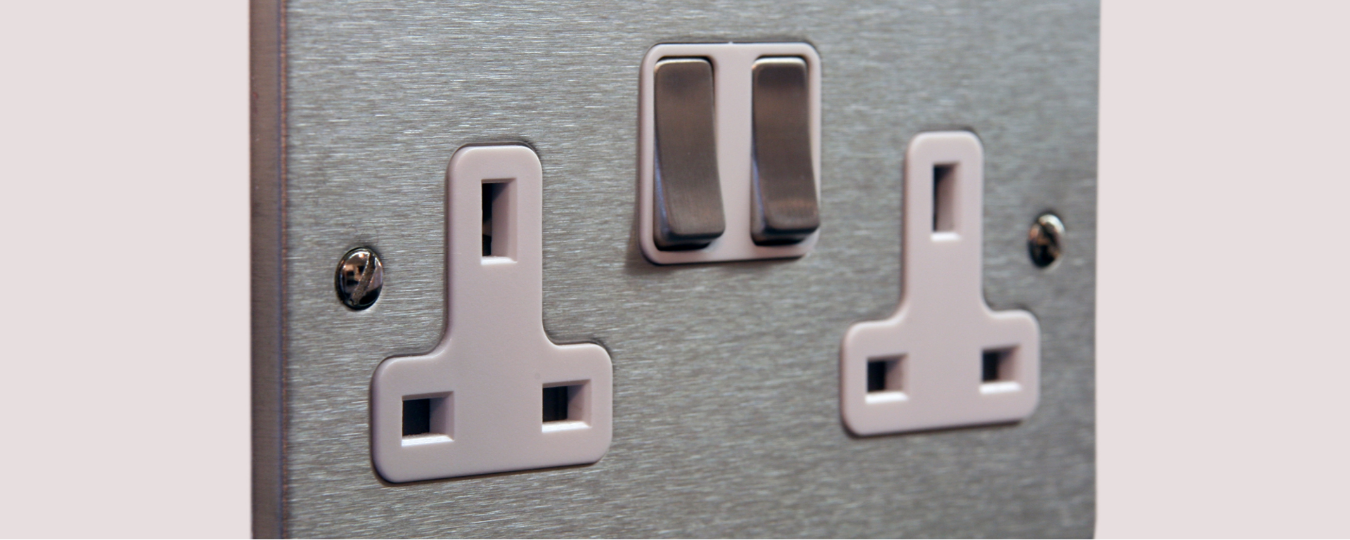How to Wire a Socket

A faulty electrical wall socket can be easily fixed without a professional electrician, when the correct steps are followed. As soon the issue is identified, it should be replaced immediately for safety reasons.
Turn Off Power
Turn off the power at the mains. Failure to do so may result in a serious accident. Ensure that everyone at home is aware of the danger of turning the power back on while you are working.
Remove Socket Faceplate from Wall
Unscrew the face of the electrical socket and pull it out from the wall carefully. This will give you sufficient access to operate on the back of the existing faceplate.
Remove Wiring from Faceplate
Take a look at the back of the plate and note how the wiring appears. You should see one of two colour codes of wiring depending on when the house was last wired: blue or black is neutral, brown or red is live, and green/yellow is earth. It may be a good idea to take a photo at this point. This will help you recall which terminal each wire should be connected to on the new outlet at a later stage. Loosen and remove the screws connecting each cable to the existing faceplate. If heat damage to any of the cables is obvious, cut the damaged end of the wire off and then strip back a little insulation.
Affix Wiring to New Faceplate
Retrieve the new socket faceplate and connect each of the coloured wires to it in the same positions they were placed on the previous one. Using the previous photo you took as a guide would be helpful at this stage. Ensure you connect the wiring as follows: blue or black to the N terminal, brown or red to L, and green/yellow to E.
Insert Faceplate into Wall
Fit the new face into place in the wall while taking extreme care not to trap the wires between the plate and wall.
Turn On Power
Turn the mains' power back on and test the socket with a voltage checker to see if it is working correctly.


Leave a Comment